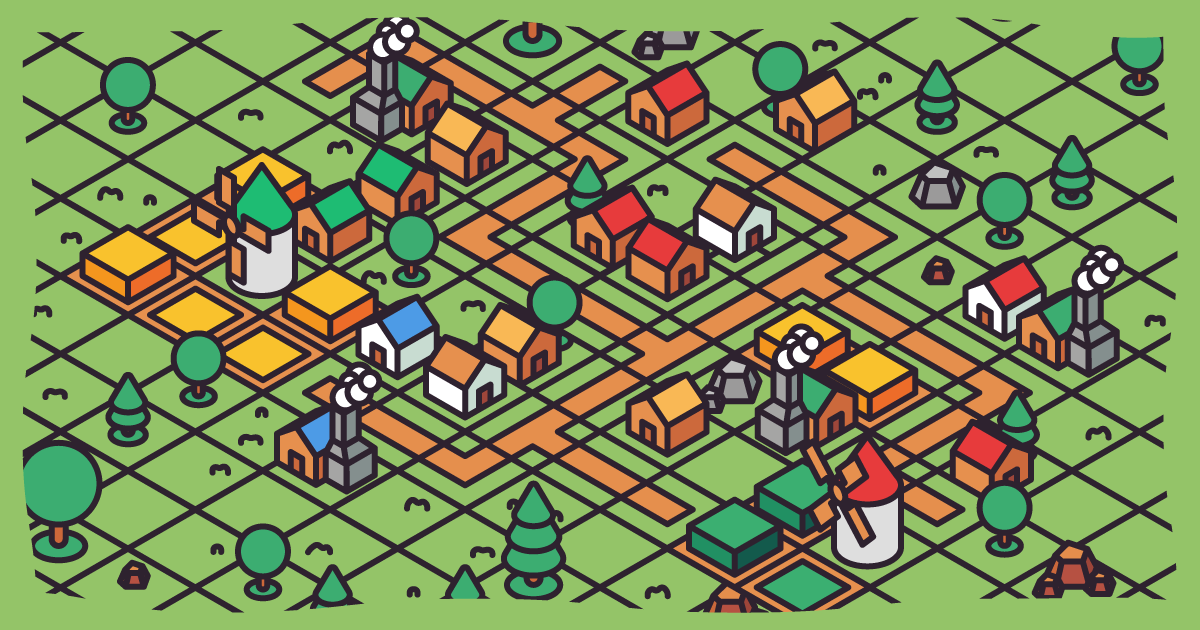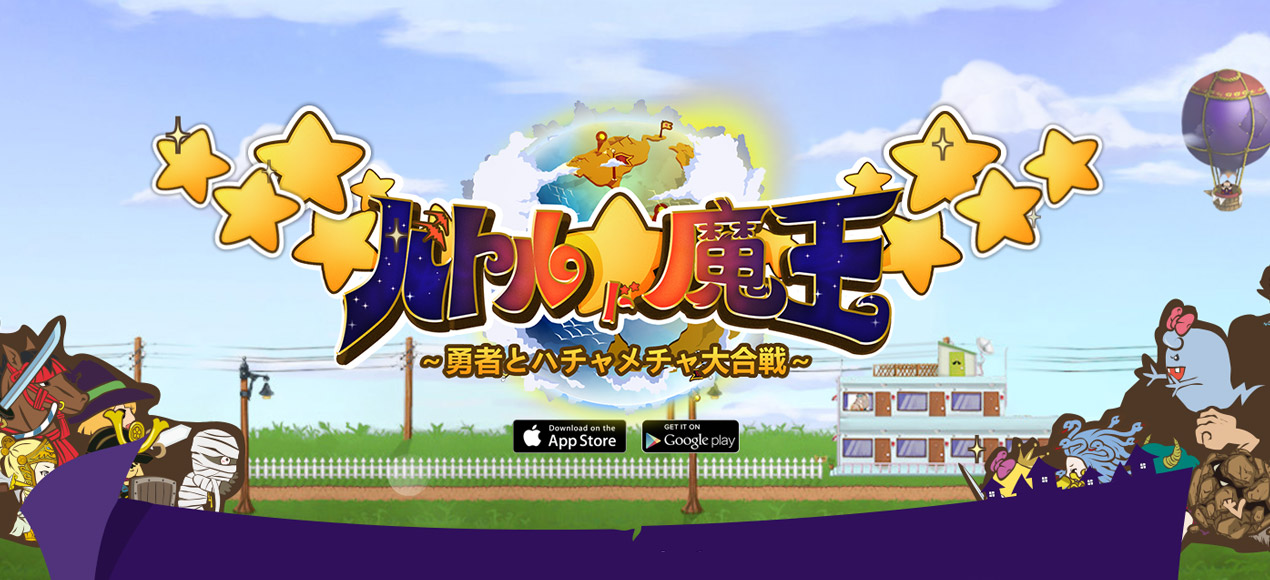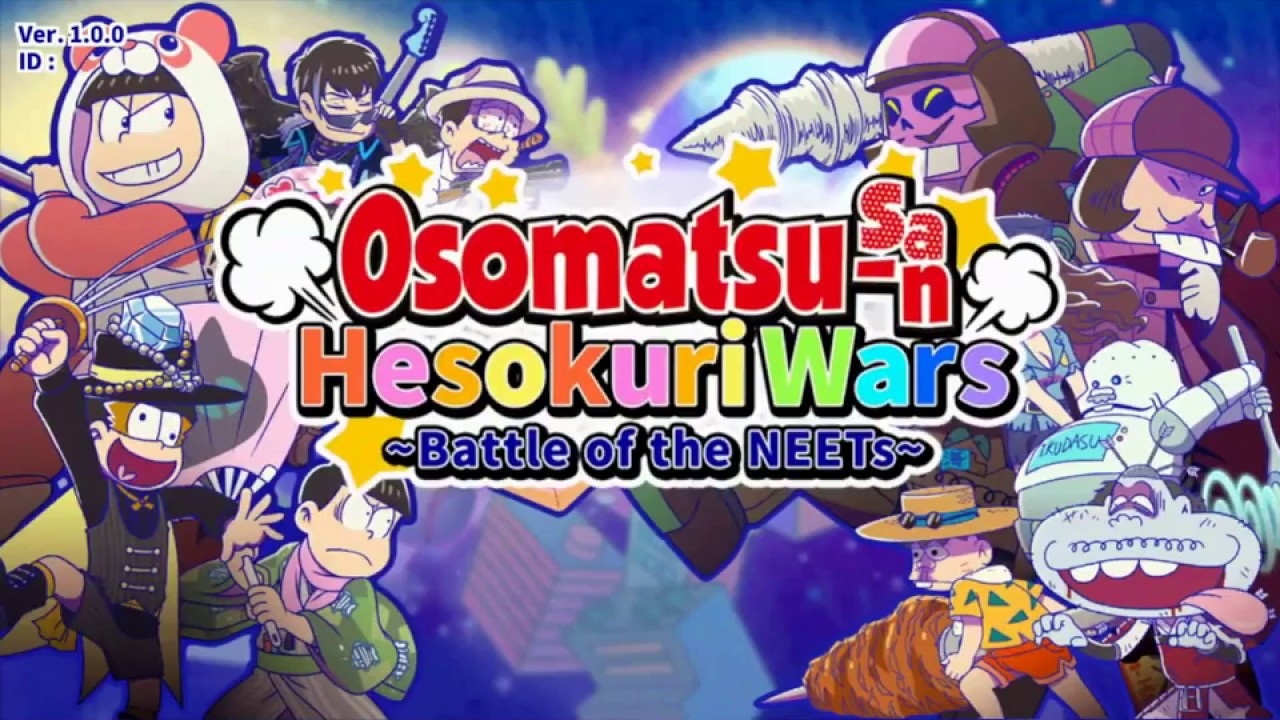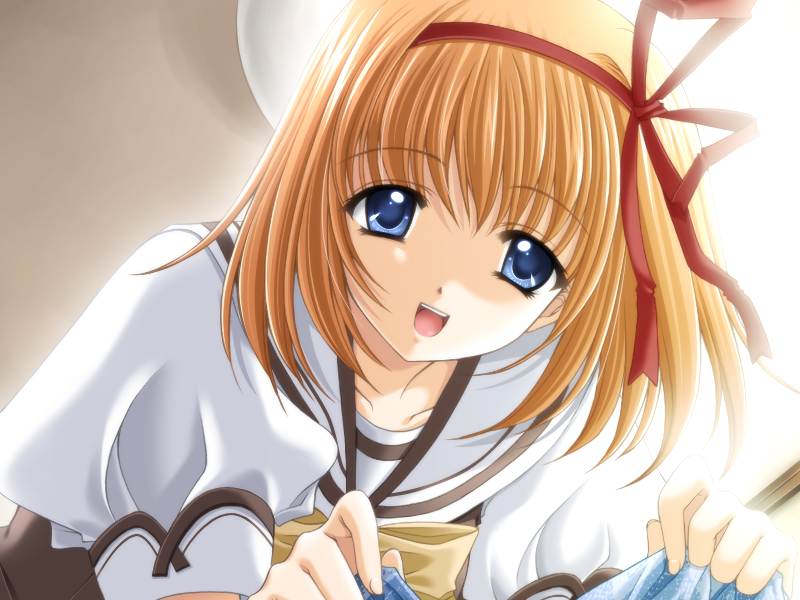SG-1 (Code- Name)
Team Size : 2

About
SG-1 was a mobile game conceived by GameCell in 2012. Inspired by the momentum built by Clash of Clans fans, the company wanted to create a similar game type for both iOS and Android devices. Clash of Clans was created as a mobile strategy video game that tasked players with building their own village and community and going to war against other clans. Inspired by their game design, we included similar functions for city building, resource generation, and battle function, but with our own storyline and twist. Additionally, the company wanted us to build a prototype before setting our design in stone.
Challenges
As a new game developer in the field, there were many challenges with the design of SG-1. This project was especially important for me because it was my first commercial game and development project. Although challenging, I learned a lot of technical and game design strategies as a Junior Developer. Working alongside a talented Lead Programmer really helped me step out of my comfort zone and put my education to work in the real world.
Approach
As mentioned, our design approach was inspired by Clash of Clans. Alongside integration of city building, resource generation, and battle function, we also designed an isometric view and snap to grid features. These elements gave the game much more of a 3D feeling and a more satisfying view for players who like to spend time on their designs.
On the technical end, we made sure to use a suitable server to save game progress and user data. Photon was our server of choice. As a Junior Developer, it was a bit challenging for me, but I enjoyed the process and quickly learned from my mistakes. We also used a MySQL database, so most of the logic was implemented on the server-side.
On the client side, I had the opportunity to implement the user interface in some areas of the gameplay. However, Unity 3D did not have a proper UI system back in 2012, so we had to use eZ-GUI instead. Optimizing this aspect of the user interface reduced the draw calls and gave us much better performance. I also gained experience implementing social plugins to the Unity side, such as Prime 31's Facebook plugin.
Even though we finished the first iteration of the prototype within three months, the company went defunct before the game’s release. It was very unfortunate that we had to abandon the project after putting so much energy into it. But, in the end, I learned a lot and immensely enjoyed the process.


